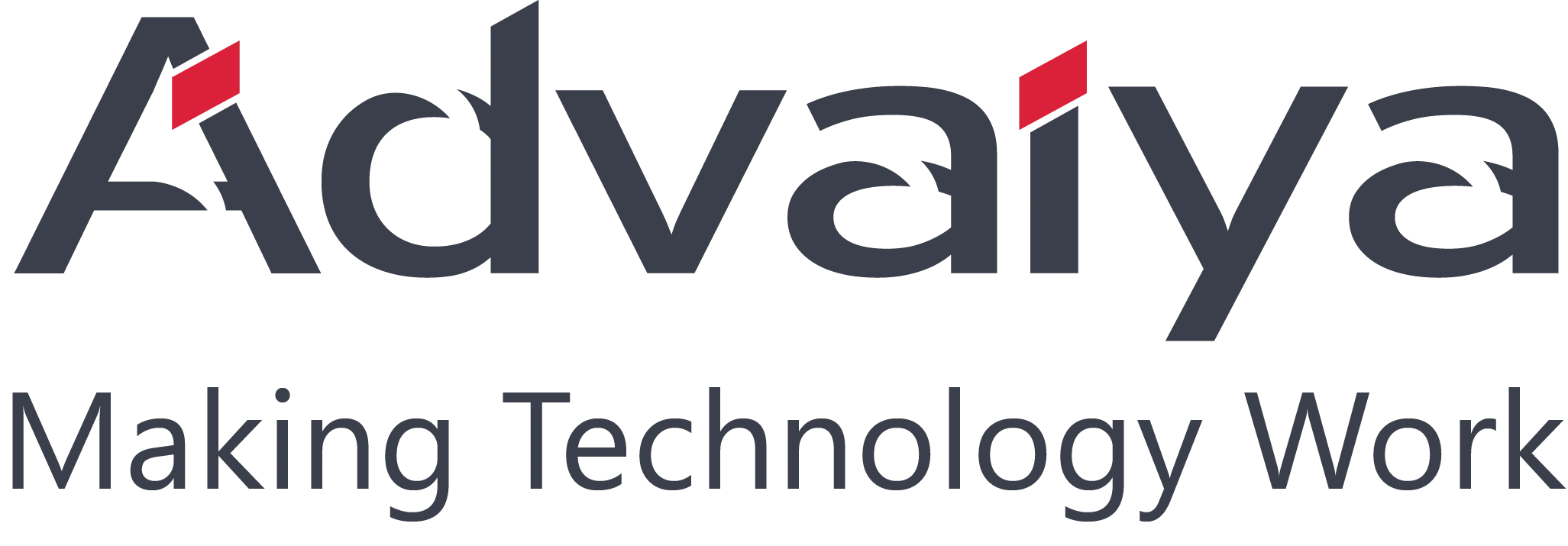- January 5, 2023
- Advaiya
- Business Productivity, business productivity solutions, Business productivity tool, business solutions, remote work productivity solutions, Remote working, remote workplace solutions
At a glance:
- How modern cloud-based business productivity solutions are revolutionizing the way of working remotely
- How technology is enabling organizations to manage staff online and reduce office overload.
- Helping business improve their enterprise productivity by maintaining effective communication between team members as well as clients.
- Providing great flexibility and improved employee experience by addressing the needs of remote workers
Hybrid work became a norm during the pandemic as companies tried to cope with the lockdowns and travel restrictions. Employees not being able to come to the office or go meet the clients were initially seen as a crippling situation, but it quickly became an advantage with a leap in modern workplace technology.
Modern organizations now have access to the kind of infrastructure needed to adopt hybrid work, thanks to the availability of modern work management and business productivity solutions like cloud applications. In fact, data suggests that the number of patents filed for technologies that support remote-work capabilities has doubled since 2020. This has remarkably improved the applications and software products that aid in online collaborations, digital data, and document management.
The biggest example is the marked enhancement in features and capabilities of Microsoft Teams since its launch in 2017:
- The meeting recording features became refined
- Meeting transcription quality improved and became a default feature
- Earlier, there were restrictions on the number of participants. Now we can host up to 100-200 participants easily
- Meeting duration cap was removed. We can have long meetings on Teams now
- Overall network latency reduced, which allows for better screen sharing and collaboration
- The video and audio calling quality was improved
- Background noise cancellation ensures that you can effectively participate in calls, even from noisy environments
- Auto-join, auto-recording, and attendance report functionalities reduce the moderation efforts
- Now, even external participants can join easily without needing to have a Teams login.
- Browser capabilities have improved remarkably
- Overall processing requirements to run these applications are better optimized
According to projections, SMEs will spend more than US$100 billion over the next few years on collaboration platforms, cybersecurity solutions, and cloud-based apps. This technology is a part of our daily lives now. Modern tech is used to run schools, hospitals, offices, and colleges. You can now work anywhere you want, collaborate seamlessly, offer enhanced customer service, and learn new skills online.
How remote work has evolved
Remote work was possible with the basic tools available before. There were always email and chat applications. Things like Dropbox and Google Drive were allowing data and document sharing. However, they were not integrated into a comprehensive suite of applications. Things had to be managed on separate disconnected platforms. For that reason, it was thought to be cumbersome and inefficient. It was fine to hire a part-time freelancer for remote work, but we were not used to seeing "remote" full-time positions at companies. Now, we have broken that barrier. Technology has made it possible to do the same job, no matter where we live. It has allowed us to always stay in touch with clients and coworkers.
Reduce your office overhead
According to a Gallup survey, 43% of employed Americans said they have spent at least some time remotely." This means companies have already understood the benefit of remote work. They can more economically manage staff online than hire people for a particular location. Maintaining full-time office spaces is expensive. Think of the electricity bills you will save. HR can save relocation bonuses, transportation and conveyance allowances, and many such expenses.
Improve productivity
You'd agree that most of the time spent by employees in the office goes into doing unproductive work like gossip, unnecessary discussions, and just idling. It's because the actual time to do things that are necessary is much less than the working hours. Having a remote workforce can help your team members get on to the priority tasks with to-the-point communication. They can also track their performance with productivity tools like planners and task managers. Enterprise productivity solutions can be used by organizations to maintain effective communication between team members.
Greater flexibility and improved employee experience
Companies are projecting themselves to be modern and progressive by adopting hybrid work culture and sophisticated workplace productivity solutions to address the needs of remote workers. Employees working remotely, whether they are in coworking spaces, at home, or elsewhere, can benefit from videoconferencing, file-sharing platforms, and project management tools.
In times of global crises like pandemics and geo-political turmoil, many see the option of working from home as a safe and considerate way of working. Companies willing to be flexible about working hours, location, and time zones are more lucrative as employers.
Are you looking for a business productivity services partner? Advaiya provides digital transformation solutions for enterprise-level organizations. Our team includes certified professionals who can customize and implement the latest business productivity solutions according to your business needs.

Saurav Pranay
Saurav is a Microsoft certified member for Dynamic and Project Online and has over fifteen years of experience in Project and Process management and has been involved in many Dynamics and Project Online implementations and have addressed solutions to challenging business needs by clients.
Posted by Advaiya
Business Productivitybusiness productivity solutionsBusiness productivity toolbusiness solutionsremote work productivity solutionsRemote workingremote workplace solutions




